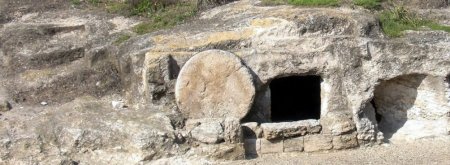"The Gospel of Jesus' Wife": a forgery
In April 2014, Professor Karen L. King published an article in the Harvard Theological Review, with the title: 'Jesus said to them, "My wife ...": A New Coptic Papyrus Fragment'. The existence of the fragment (which came to be called the 'Gospel of Jesus' Wife' or GJW) had been announced in September 2012 and, not surprisingly, this and the subsequent article provoked considerable interest and dispute. Read the original article here.
In June 2015, New Testament Studies, an international peer-reviewed periodical whose contributors comprise the leading New Testament scholars writing in the world today, published a number of articles on GJW under the heading Assessing the "Jesus' Wife" Papyrus. The editorial provides an overall summary of the other six articles, which can all be accessed for free from http://journals.cambridge.org/NTS_GJW.
The editorial concludes:
it is now widely accepted that the Jesus' Wife fragment is in reality a recent forgery. That is the view taken by contributors to this issue of the journal, not because they are predisposed to reject the papyrus fragment on ideological grounds but because of quite specific features which appear wholly incompatible with an ancient origin. Forgeries corrupt – and are intended to corrupt – the scholarly work of those who may be deceived by them, and they need to be exposed as conclusively as possible.
In the video above, Dr Simon Gathercole provides a brief (7 minutes) summary of the background and some of the recent conclusions, responding to a number of questions:
- Can you explain the story behind these papyrus fragments?
- Why does it matter whether these are, or are not, genuine pieces of ancient papyrus?
- What are the main arguments surrounding the fragment's authenticity?
View the video on YouTube.
For an earlier bethinking article responding to the publication of the Gospel of Jesus' Wife, including a translation of the fragment, see Did Jesus Have a Wife?.
© 2015 bethinking.org



